Sublimation Heat Guide: Unlocking the Art of Printing
Sublimation heat guide is the key to creating vibrant and long-lasting sublimated products. This guide will teach you everything you need to know about sublimation heat, including what it is, why it’s essential, and how to choose the proper sublimation heat press settings for different substrates. You’ll also find tips for getting the best sublimation results.
Sublimation printing has gained immense popularity in recent years, offering a unique way to transfer vibrant, long-lasting images onto various surfaces. Whether you’re a seasoned professional or just dipping your toes into the world of sublimation, understanding the intricacies of heat management is crucial.
Sublimation Heat Guide
Sublimation heat is the key to creating vibrant and long-lasting sublimated products. It is a process that uses heat and pressure to transfer ink from paper to a substrate, such as polyester fabric, ceramic mugs, or metal tumblers. The ink becomes a gas during the process and then bonds with the substrate, creating a permanent image.
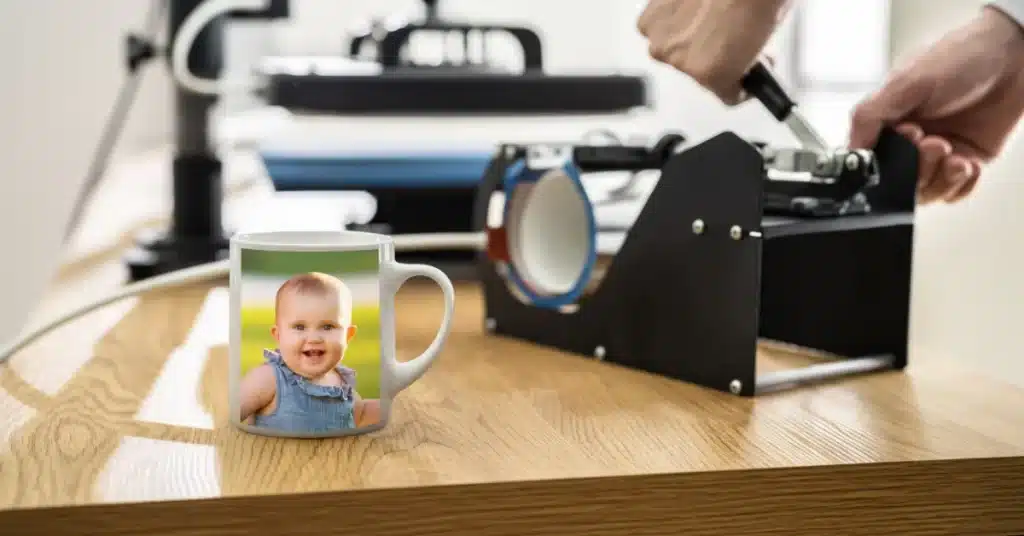
What is Sublimation Heat?
Sublimation heat is the temperature at which a solid substance turns instantly into a gas without passing through a liquid state. This process is called sublimation. The sublimation point of a sense is the temperature at which this occurs.
Choosing the Right Heat Press
Investing in a quality heat press is essential. Different products require varying levels of heat and pressure, and a reliable heat press ensures even and consistent distribution of heat, guaranteeing flawless results.
Sublimation Inks: The Fuel for Vibrancy
Sublimation inks are designed to turn into gas at precise temperatures. Using the wrong inks can lead to poor color saturation and image quality. Always choose sublimation-specific inks for the best results.
Substrate Selection: Your Canvas Matters
The choice of substrate is critical. Fabrics, ceramics, metals, and plastics all have unique properties that can affect the sublimation process. Understanding your substrate is the key to achieving professional-grade results.
Heat Transfer Paper: A Vital Link
Heat transfer paper is used to hold the sublimation ink during the heat transfer process. Using the right paper ensures that the ink is released uniformly onto the substrate, preventing smudging and inconsistencies.
Prepping Your Design for Sublimation
Preparing your design is crucial. Ensure it is high-resolution and properly sized for the substrate. The better the design, the more stunning the final product will be.
Setting the Temperature: Precision is Key
The temperature at which sublimation occurs varies depending on the substrate and ink. Precision is vital; even a few degrees can impact the final result. Consult your ink and substrate specifications for guidance.
Why is Sublimation Heat Important?
It is essential for sublimation printing because it allows the ink to gasify and bond with the substrate. The higher the heat, the faster the ink will gasify and the better the image quality. However, using the correct heat for the substrate you are printing on is essential, as too much heat can damage the substrate.
How to Choose the Right Heat Press for Sublimation
When choosing a heat press, it is vital to consider the following factors:
- Size: Choose a heat press that is large enough to accommodate the products you will be printing on.
- Pressure: Choose a heat press to apply enough pressure to ensure the ink bonds properly with the substrate.
- Temperature control: Choose it with accurate temperature control to prevent overheating and underheating.
Sublimation Heat Press Settings for Different Substrates
Different substrates’ heat press settings will vary depending on the material. Some standard sublimation heat press settings are as follows:
- Polyester: 375°F to 400°F for 40 to 75 seconds at medium pressure.
- Ceramic: 350°F to 400°F for 45 to 60 seconds at medium pressure.
- Metal: 400°F to 425°F for 45 to 60 seconds at medium pressure.
Tips for Getting the Best Sublimation Results
Tips for getting the best sublimation heat:
- Use high-quality ink and sublimation paper.
- Make sure your heat press is calibrated correctly.
- Use the correct heat press settings for the substrate you are printing on.
- Press the substrate for the right amount of time.
- Peel off the paper carefully after pressing.
Common Mistakes to Avoid
- Using the wrong heat settings.
- Neglecting to pre-press your substrate.
- Ignoring recommended dwell times.
- Using low-quality sublimation inks.
- Rushing through the process without proper preparation.
Final Thoughts: on (Sublimation Heat Guide)
By following these tips, you can ensure that you use the correct heat and get the best possible results with your sublimation printing projects.
Common Queries:
- Can I use a regular printer with sublimation ink?
- No, sublimation printers are specially designed for this purpose and are essential for vibrant and long-lasting results.
- How long does a sublimated design last?
- When done correctly, sublimated designs can last the lifetime of the substrate.
- Can I sublimate on dark-colored fabrics?
- Sublimation works best on light-colored or white fabrics, as the ink is transparent and may not show up well on dark backgrounds.
- Is sublimation cost-effective for small businesses?
- Sublimation can be cost-effective, especially for custom and small-batch printing, but it requires an initial investment in equipment and materials.
- Can I sublimate on cotton garments?
- Sublimation is not suitable for cotton as it requires synthetic fibers to bond with the ink. Consider using heat transfer vinyl for cotton garments.
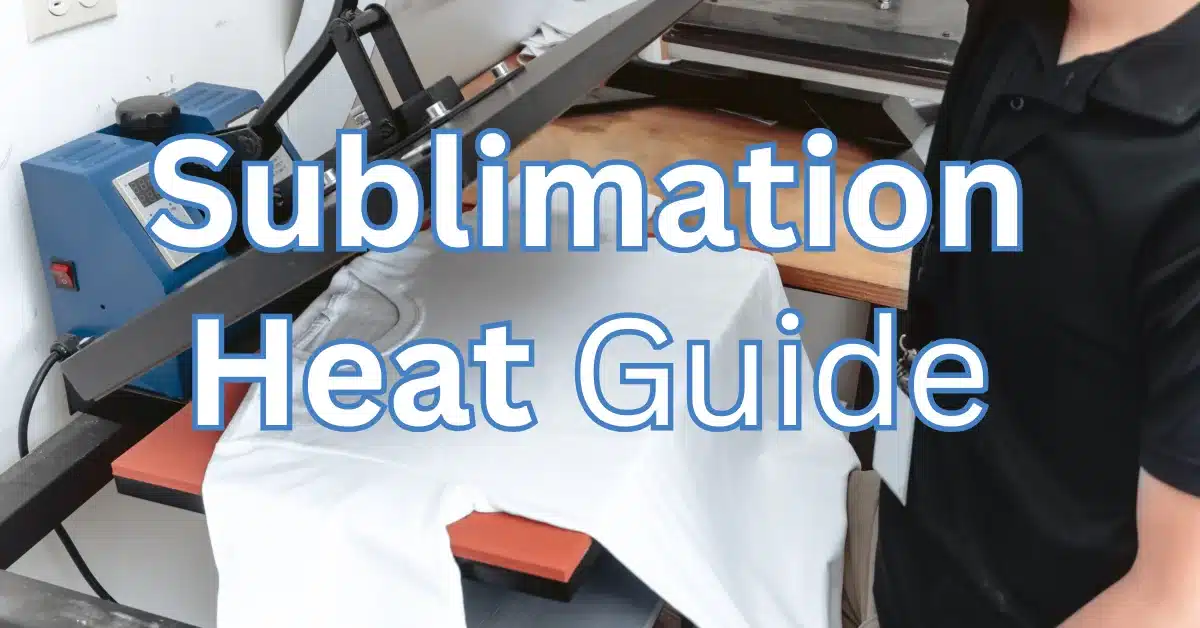
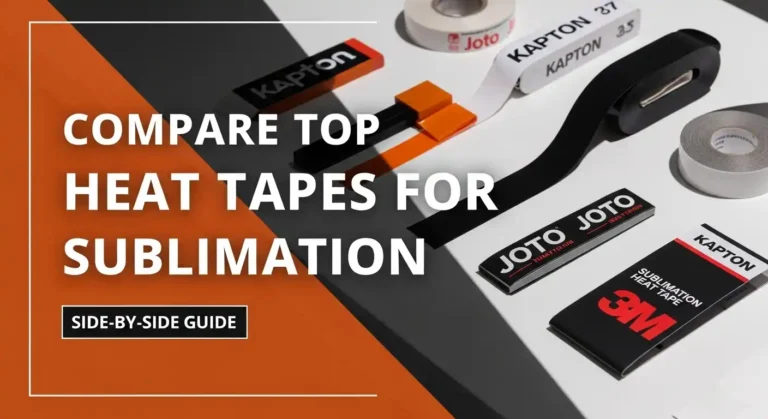
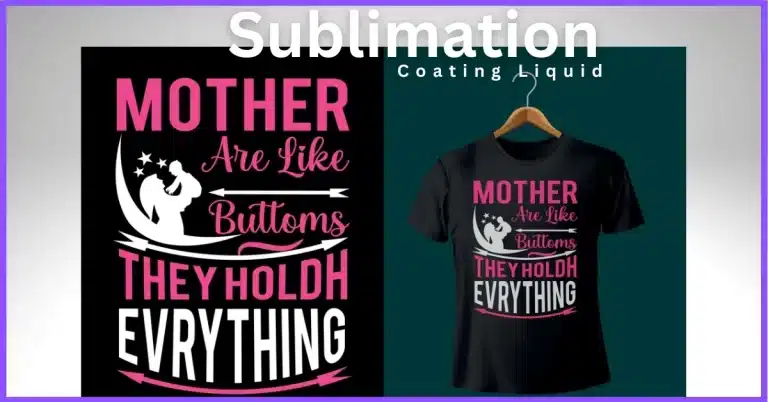
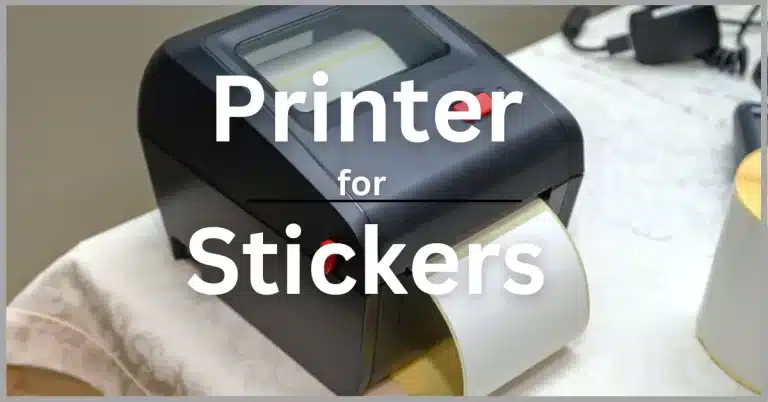
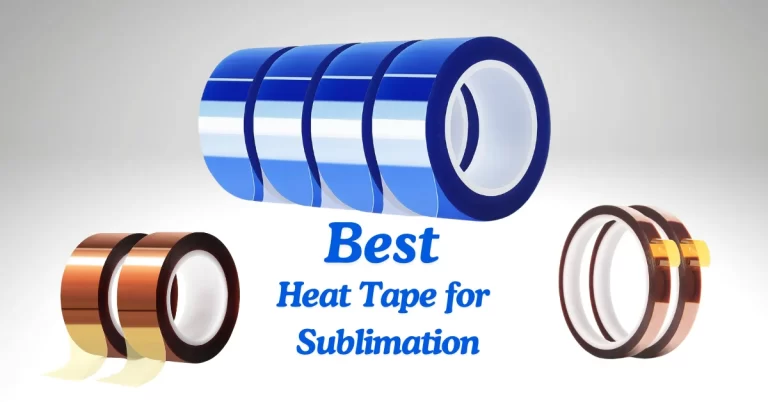

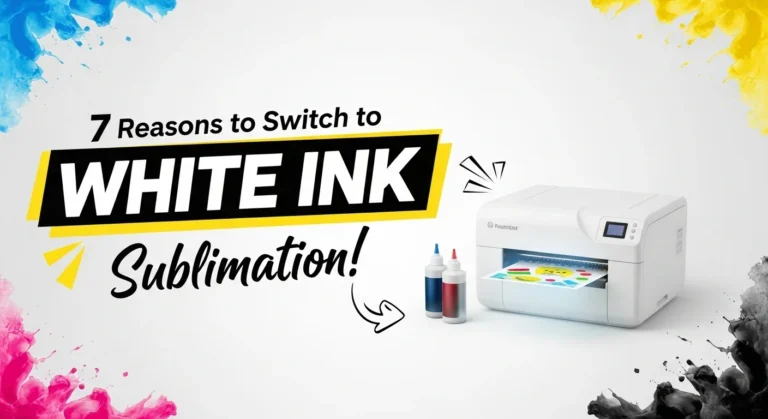
2 Comments